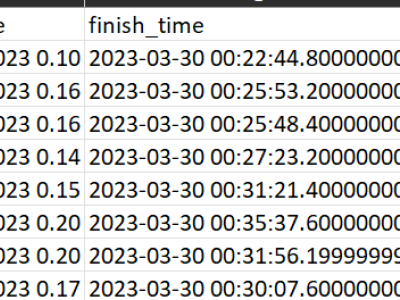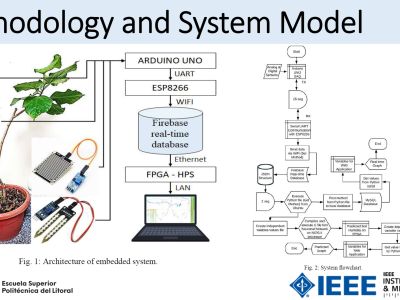queue waiting time dataset

- Citation Author(s):
- Submitted by:
- sanjeeb tiwary
- Last updated:
- DOI:
- 10.21227/c61t-qw14
- Data Format:
 3286 views
3286 views
- Categories:
- Keywords:
Abstract
The "Queue Waiting Time Dataset" is a detailed collection of information that records the movement of waiting times in queues. This dataset contains important details such as the time of arrival, the start and finish times, the waiting time, and the length of the queue. The arrival time denotes the moment when customers enter the queue, while the start and finish times track the duration of the service process. The waiting time measures the time spent waiting in the queue, and the queue length shows the number of customers in the queue when a new customer arrives. This dataset is a valuable resource for examining and optimizing queuing systems in various fields, providing insights into efficiency, service times, and customer experiences.
Instructions:
Introduction:
The Queue Waiting Time Dataset provides valuable insights into customer waiting times within queuing systems. Comprising essential attributes such as arrival time, service start time, service end time, waiting time, and queue length, this dataset offers a comprehensive view of queuing dynamics. These details are crucial for optimizing operational efficiency, enhancing customer experience, and resource allocation across various domains.
Data Dictionary:
Arrival Time: The timestamp at which a customer enters the queue.
Service Start Time: The timestamp at which the customer's service begins.
Service End Time: The timestamp at which the customer's service concludes.
Waiting Time: The duration between the arrival time and the service start time.
Queue Length: The number of customers in the queue when a new arrival joins.
Dataset Usage Instructions:
This dataset is a valuable resource for both researchers and practitioners seeking to analyze and optimize queuing systems. Here's how to make the most of this dataset:
Data Exploration: Begin by loading the dataset and conducting initial exploratory analysis. Familiarize yourself with the attributes and their meanings to understand the queuing system's behavior.
Data Preprocessing: Clean the dataset by handling missing values, converting timestamps to a standardized format, and ensuring data consistency.
Statistical Analysis: Calculate descriptive statistics for attributes like waiting time and queue length. Identify patterns and trends that can provide insights into queuing efficiency.
Visualizations: Create visual representations such as line charts, histograms, and scatter plots to visualize waiting time distributions, queue lengths over time, and other relevant patterns.
Predictive Modeling: Build machine learning models to predict waiting times based on arrival times and other variables. Utilize regression techniques to develop accurate predictions for effective resource allocation.
Resource Optimization: Use the dataset to optimize resource allocation and service staffing. Analyze peak hours, low-demand periods, and queue lengths to determine appropriate staffing levels.
Customer Experience Enhancement: Leverage the dataset to estimate waiting times and inform customers about their expected wait. This can enhance customer satisfaction and loyalty.
System Design Optimization: Employ the dataset to optimize queuing system designs. Experiment with different configurations, counter placements, and routing strategies to minimize waiting times.









OK
Ok